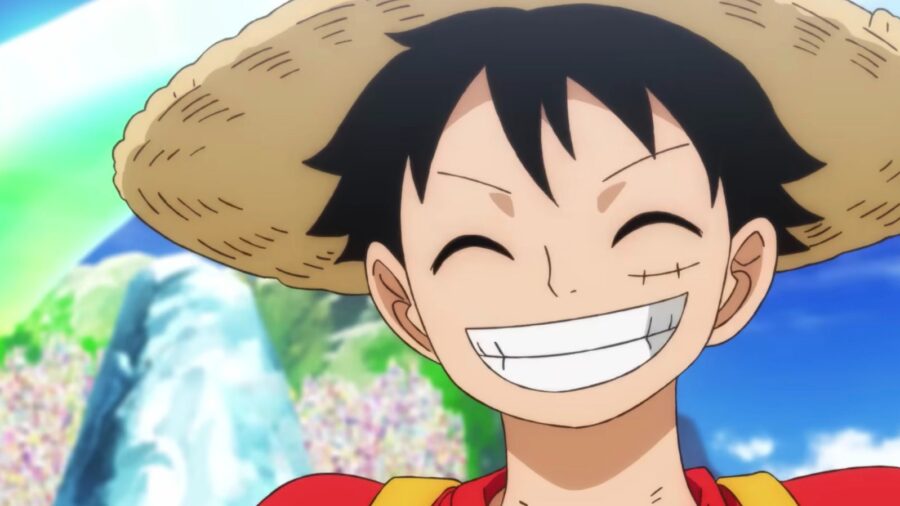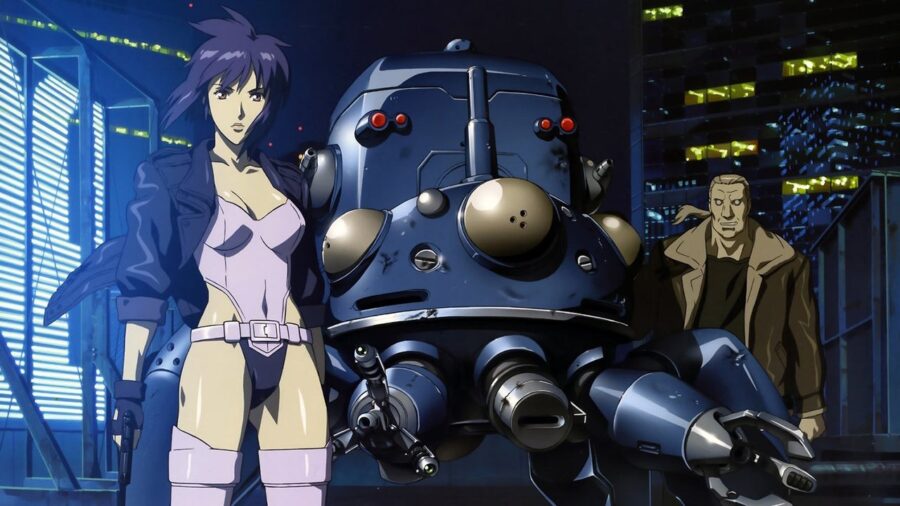What Are Filler Episodes In Anime And Why Are They Used?

When fans are watching their favorite anime series, and all of a sudden, the characters decide to go to the beach (or the pool in the case of My Hero Academia “Game Start”), it’s usually greeted by a series of groans. It typically means that the episode is a filler episode, one that has no bearing or relevance to the main plot. Anime series use filler episodes to eat up time and allow more manga issues to be published.
Anime shows use filler episodes to take up time, typically until the manga it’s adapting can release more issues, furthering the main plot.
Anime filler specifically references episodes, events, or arcs that don’t occur in the manga. For example, in the Dragon Ball Z manga, Goku and Piccolo never go for their driver’s licenses, but that’s an entire episode in the anime (Episode 125, to be precise, airing during the Trunks saga). Rurouni Kenshin takes this to the extreme and ends with 40 episodes of anime-original content, but even that isn’t the worst offender.
Naruto is an incredibly popular anime, and for good reason; it’s a fantastic series, but it’s also 41 percent filler, with every episode from 143 to 219 considered to be skippable. Naruto Shippuden, the sequel series, has the same 41 percent of filler, but this time it’s broken up into smaller arcs instead of being clumped at the end.
Sailor Moon uses filler episodes to focus on the other Sailor Scouts, giving viewers a chance to see more of their personalities.
Anime filler episodes can be one-offs or entire arcs of collected episodes, and for new viewers, they can be hard to identify until it’s too late. We highly suggest using Anime Filler List to help, with no spoilers, when starting a new series. That said, sometimes, filler isn’t a bad thing.
Sailor Moon was one of the first anime series to turn filler episodes into a positive. Out of 200 episodes, 50 are completely irrelevant, but another 50 filler episodes include power upgrades for the Sailor Scouts or relevant moments of character development. Though by their very nature, a filler episode won’t impact the overall narrative, they are a great opportunity for side characters to take the spotlight.

My Hero Academia takes this approach with Episode 32, “Everyone’s Internship,” the first filler episode in the series, which shows what the rest of Class 1A is up to while Izuku recovers from his fight with Stain. Tsuyu (aka Froppy) is featured in her own solo adventure, which has nothing to do with the encroaching battle with All For One, but it’s just plain fun.
Ghost in the Shell: Stand Alone Complex marked episode title cards, letting fans know if it was plot relevant, or “Stand Alone.”
Famously, Bleach has entire seasons of filler episodes, and yet some of the arcs, such as the Zankupto Rebellion, are still considered fan favorites. Explaining the importance of a Soul Reaper’s connection to their weapon’s spirit, the arc may be predictable, but it goes deep into one of the series’ most fascinating parts of the world.

The anime series Ghost in the Shell: Stand Alone Complex had season-long plots, the Laughing Man in Season 1 and The Individual Eleven in Season 2, but not every episode was about them. In a fan-friendly move that more series should use, episodes labeled “Stand Alone” are filler. Some of the best included one in which the Section 9 tanks gained sentience or the discovery of a small box that trapped people inside.
An anime resorting to original filler episodes to buy time for the manga to create more content isn’t entirely bad. For the longer series, looking at you One-Piece, it can be irritating, but they also provide a great opportunity for world-building and rounding out the cast.
Suppose filler episodes are the price to pay for high-quality series with complex narratives, incredible characterization, and moments that stay with every viewer. In that case, it’s a price we’ll happily pay.












